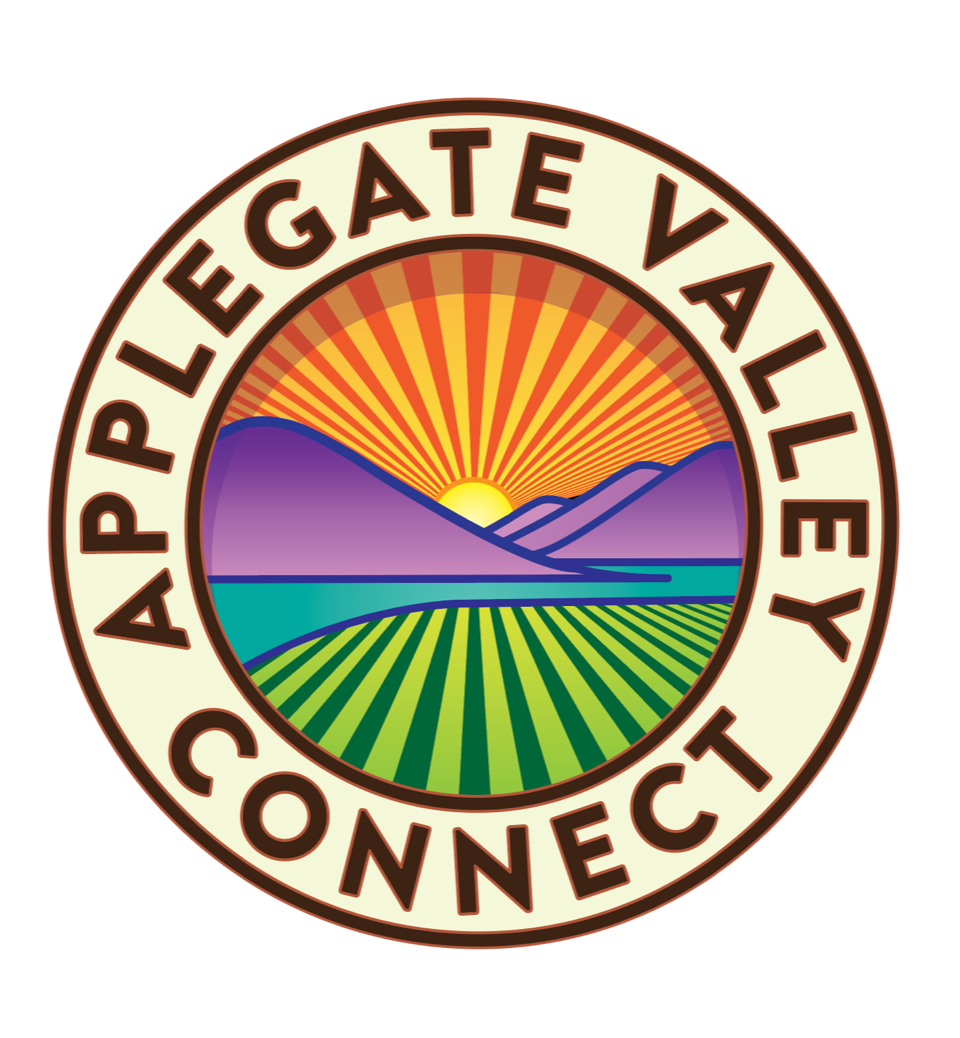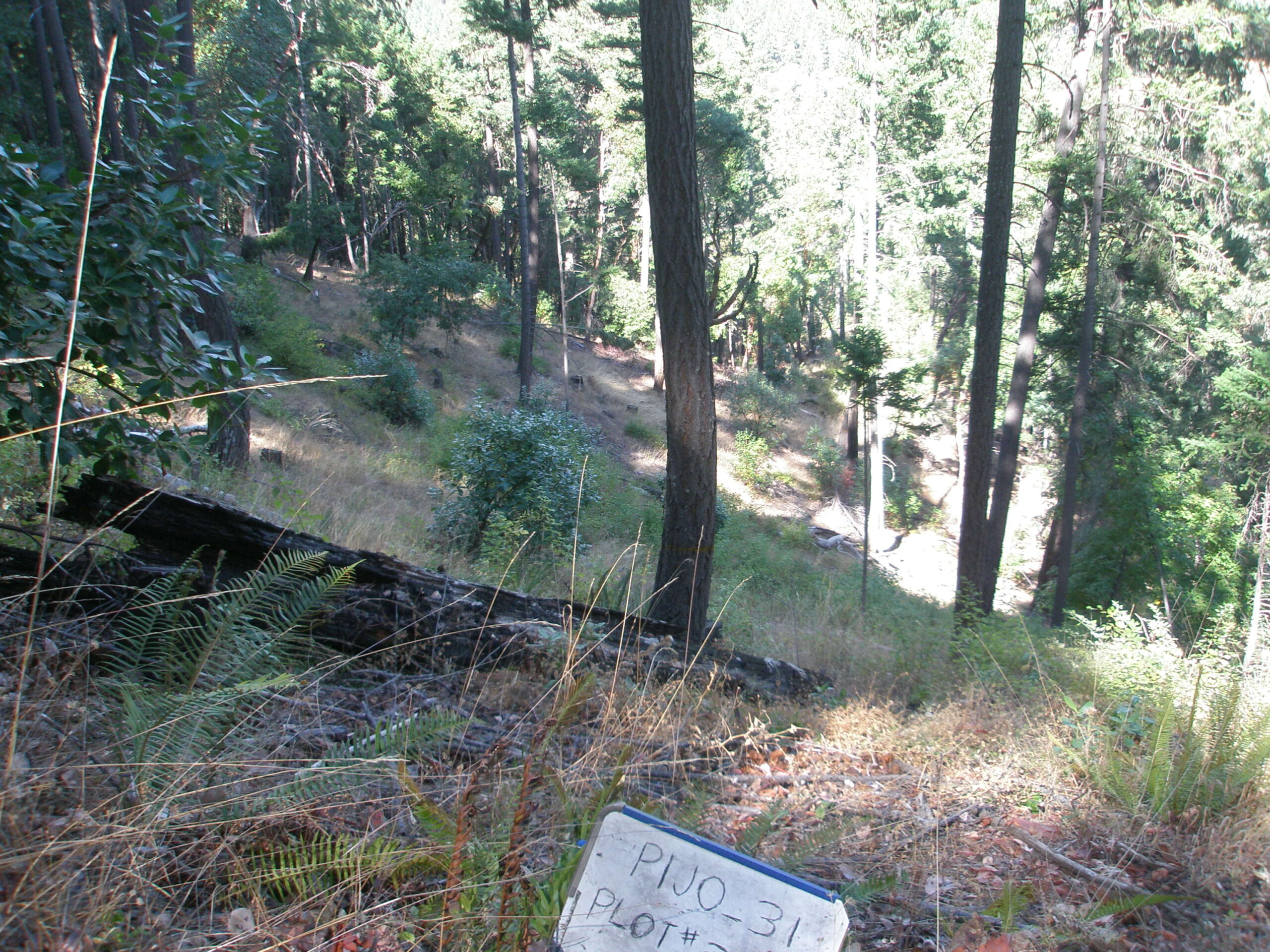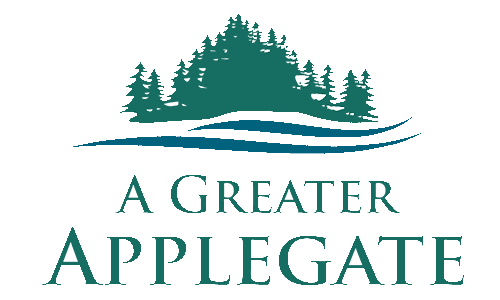The Applegate Valley boasts a growing list of successes in wildfire preparation and active forest management, in part due to the nature of Applegaters themselves. The first Community Wildfire Protection Plan (CWPP) in the nation was drafted by Applegate residents in 2002. Locals can again contribute their forward-thinking ideas and concerns by participating in the update of that plan, a collaborative effort led by the Applegate Partnership and Watershed Council.
It is no surprise that the rearview mirror and the windshield are so closely positioned. As Applegate residents prepare to update their CWPP, they can take inspiration from a successful active forest management project nearby that was initiated in 2010 and monitored for over ten years.
The Medford District Secretarial Pilot project—or in more friendly terms, Pilot Joe—is one of three unique projects that Secretary of Interior Ken Salazar designated in 2010. Secretary Salazar called on Drs. Norman Johnson (University of Oregon) and Jerry Franklin (University of Washington) to work with local Bureau of Land Management (BLM) managers to apply ecological forest restoration principles to dry forests in Southern Oregon. Their mission was to improve forest resilience, increase biodiversity, protect habitat and old trees from wildfire risk, support the local wood processing economy, and earn public support for this type of work. Conventional principles at the time called for homogenous thinning—stands of trees with equal distances between them. Ecological forest restoration principles call for heterogenous thinning, which creates skips (clustered stands) and gaps (openings). With 890 acres of BLM land, Pilot Joe seeks to demonstrate that heterogenous thinning will foster forest resilience and fulfill the
project goals mentioned earlier. BLM and its partners prepared for the project by collecting baseline data on tree species and size, density of stands, and other information.
All this is to say that Pilot Joe is a unique and complex project. The BLM and its partners needed rigorous, ongoing monitoring in order to understand whether the ecological forest restoration principles were effective.
Enter Southern Oregon Forest Restoration Collaborative (SOFRC, pronounced “SO-fric”). SOFRC is a small but mighty non-profit based in Jacksonville that convenes partners on many forest restoration projects. SOFRC hosted over a dozen Pilot Joe public meetings and field tours. Residents expressed numerous concerns at these events and interest in working with government agency staff and partners more closely. Their feedback directly influenced the direction of Pilot Joe monitoring.
SOFRC convened a multi-party monitoring team, including representatives from BLM, OSU Extension Service, the Applegate Partnership and Watershed Council, Klamath Bird Observatory, Klamath-Siskiyou Wildlands Center, Southern Oregon University, The Nature Conservancy, and Applegate residents. The team established a long-term monitoring framework, and continues to review data and draw conclusions about the efficacy of Pilot Joe. Data includes pre-treatment data and data from one, five, and ten years post-treatment. Monitoring also includes interviews with key stakeholders, agency staff, and community members to gauge perception of the project’s success.
“Public participation was critical to the success of the project,” says Terry Fairbanks, Executive Director of SOFRC.
Over 550 acres were treated with mechanical thinning and commercial removal, followed by prescribed fire. The remaining 37 percent was left as old-growth stands to support northern spotted owls. At five years post-treatment (2017), the multi-party monitoring team noticed clear signs of increased forest resilience: reduced fuels meant reduced wildfire risk. Biodiversity increased and habitat conservation was on track. Job opportunities, forest products, and public support also increased in this time period.
We are now analyzing data ten years post-treatment. Overall, treatments have benefitted heterogenous spacing, reduced wildfire risk, and increased the diversity of understory species. Large canopy trees are growing faster because they have greater access to the nutrients, water, and light they need to thrive. As time passes, new vegetation continues to grow in thickly, requiring additional prescribed fire is needed to maintain the work that was done over ten years ago. We are developing a final report of the ten-year data and project conclusions, which we will publish later this year.
For more information about Pilot Joe, visit sofrc.org. We will publish the ten-year monitoring report on this webpage when it is complete.
Amelia Liberatore
Communications Specialist, SOFRC
aliberatore@sofrc.org


